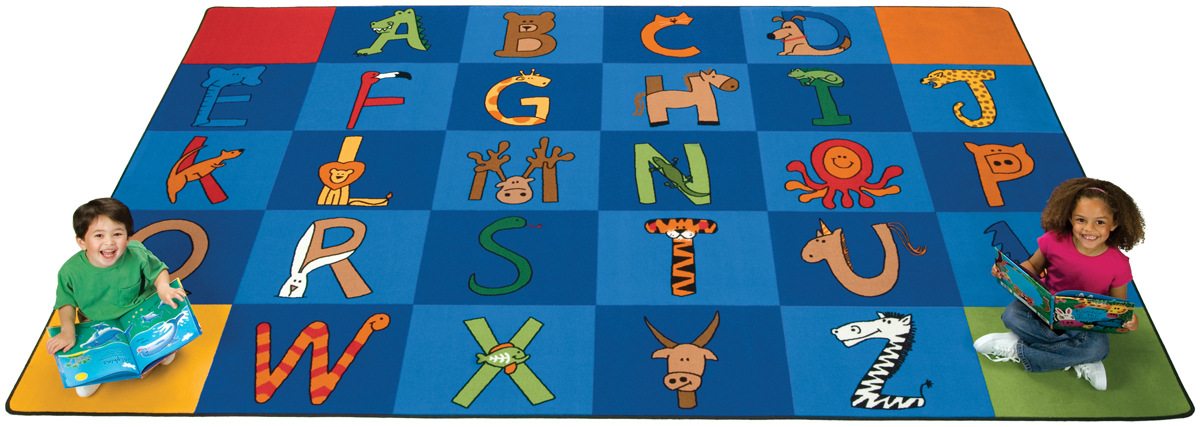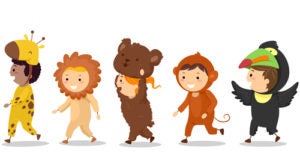 Our A to Z Animals area rug is a popular choice for classrooms and nurseries aiming to mix education with a great big dollop of fun. Not only does it have animals associated with letters for a myriad of fun activities, it also includes squares which can be allocated to children – perfect for getting them to make one spot their own and keeping track of them.
Our A to Z Animals area rug is a popular choice for classrooms and nurseries aiming to mix education with a great big dollop of fun. Not only does it have animals associated with letters for a myriad of fun activities, it also includes squares which can be allocated to children – perfect for getting them to make one spot their own and keeping track of them.
If you’re looking for activities that can go alongside this rug (and others in the Carpets for Kids collection) why not try these?
Activity 1 – Ready, Steady, Describe
This activity is a great icebreaker for a class, whether it’s their first time on the rug or an opportunity for them to move into a different square to try something new.
- Make sure that every child has a square on the rug and tell them to make a mental note about the animal on their square.
- Explain that when you call their name, you want the child to tell you one thing about the animal on the square. Encourage them to make it unusual if possible.
- The other children should guess which animal they’re talking about.
- Once the answer has been correctly guessed, call out another name.
Activity 2 – Your Storytime
 Many rugs offer an inspiring nudge to children. Helping them to imagine stories and create storylines in their minds is an invaluable way of utilizing their innate creativity in a practical way. So, this activity is designed to unleash that creativity. If you need to limit the time, remember to include a sentence limit in your instructions!
Many rugs offer an inspiring nudge to children. Helping them to imagine stories and create storylines in their minds is an invaluable way of utilizing their innate creativity in a practical way. So, this activity is designed to unleash that creativity. If you need to limit the time, remember to include a sentence limit in your instructions!
- Explain to the children that they’re going to be making up a story about the animal on their square. Then ask them to think of three things:
- 1. A new color for the animal that would make them look really different (e.g. a purple lion would be unusual)
- 2. The funniest job that animal could do and why (e.g. a giraffe trying to work in a tiny shop or café)
- 3. What problem the animal might have that would cause problems (e.g. an elephant with a blocked trunk)
- Tell the children to pick their favorite and think of a short tale about something funny that happened because of one of the animal’s problems. For instance, in the example of the purple lion, maybe the other lions laughed at him for looking silly but other animals wanted to be his friend because he looked less scary. Just make sure that it’s a funny story and nothing too dark for a fun activity.
- After letting them think about it for a few minutes, pick a letter at random and ask the child to tell their story.
- That child can then choose the next letter and so on.
Activity 3 – Opposites Attract
This activity is designed to help children think about the differences between animals but also encourage them to think about why those differences could be a good thing. These are skills that can help children understand and accept the differences in the human world.
- Ask children to pair up with a nearby child (this can be done in twos or threes) and to tell each other what their animal.
- Instruct them to talk about why their animals are different (e.g. one lives in water and one on land, one lives in the jungle and one doesn’t).
- Then ask the children to think about why those animals might become friends. If they need prompts, ask what one animal can do that the other can’t and why working together might prove useful (e.g. a newt can help remove flies from a lion’s coat).
- At the end, ask whether the activity has helped the children think about why they might like to be friends with different people.
Kids love teachers who make learning fun!
